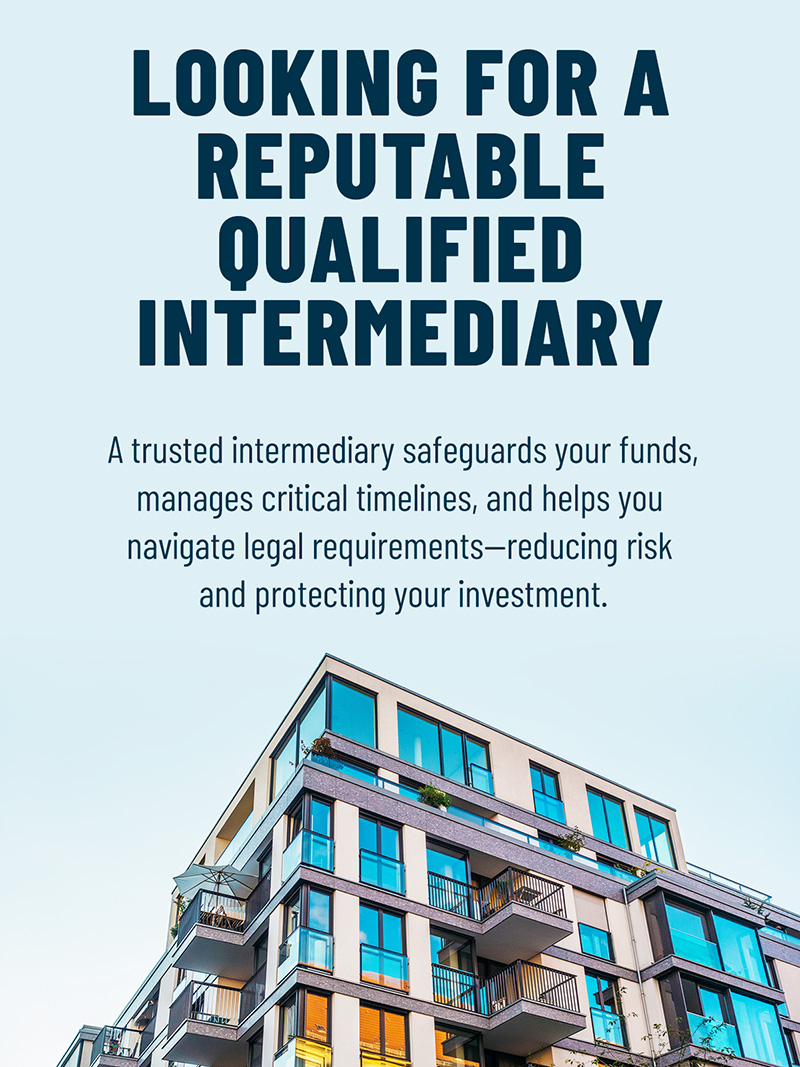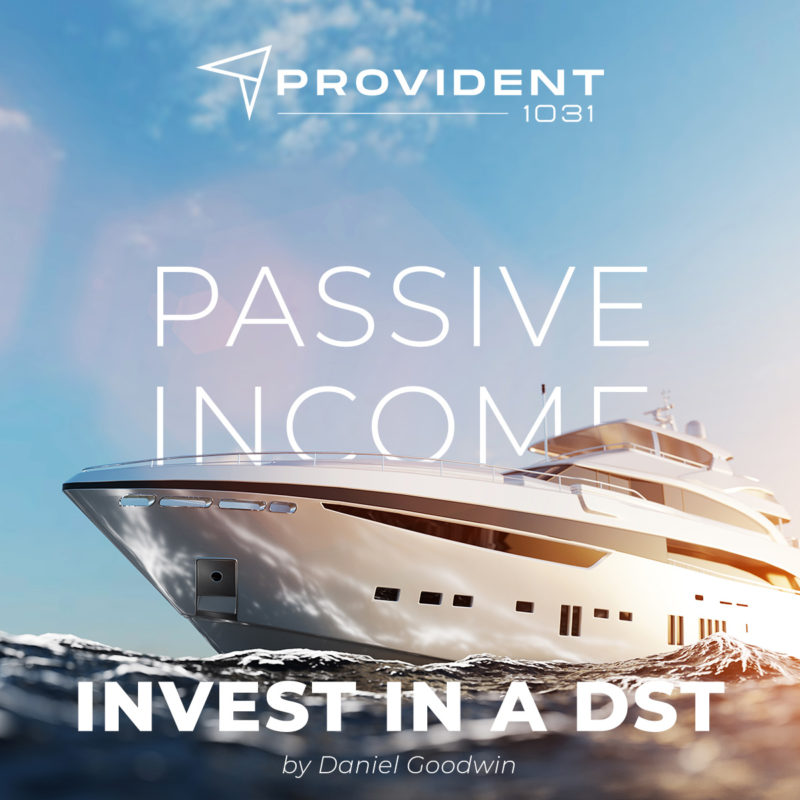Exchange Real Estate Headaches for Silent and Passive Income

Recently, we counseled several landowners and real estate investors on why a 1031 Tax Deferred Exchange in tandem with a DST could be the perfect solution for tax savings and passive, tax-advantaged, regular monthly income.
A DST (Delaware Statutory Trust) is the investment structure of many quality commercial real estate developments available as a passive investment alternative for 1031 Exchange replacement property.
Think high-end apartment developments, medical buildings, storage facility portfolios, Amazon distribution facilities, industrial buildings, etc. These properties could potentially be great alternatives for those who are less enthusiastic about investing in the stock market upon selling their real estate.
DSTs can also save significant taxes when used alongside a traditional 1031 Exchange. These investments can range from $50 million to over $200 million in capitalization, making them out of reach for most investors who would not be able to put together a deal of this size on their own and without the DST as an option. Most DST offerings can accept investments as low as $100,000.
The Problem
Many people who have created wealth in real estate are now in or near retirement and may no longer want to deal with the headaches associated with owning investment real estate.
Late-night phone calls, difficult renters, vacancies, repairs, loan obligations, and accounting are among the many headaches associated with owning income-producing property.
During our recent counseling session, we spoke with a family who had bought a $100,000 Airstream travel trailer and planned to embark on a nine-month journey. They also owned rental homes that had increased in value according to their property tax statements. However, they still faced issues with renters and vacancies.
Many years ago, the family bought three rental homes. Today, they have discovered that the value of these homes is worth over $1,000,000. Unfortunately, their accountant had depreciated the homes fully during the years they owned them, which means their basis is now next to nothing.
That meant they would sell her homes for $1,000,000 and write a check to the IRS for $200,000.
The husband and wife felt uneasy about the amount of taxes they would have to pay if they sold their properties, to the point of feeling sick. They even considered keeping the properties despite the potential difficulties associated with them. However, they realized that if they did decide to sell and pay the taxes, their financial advisor might suggest investing in stocks and bonds, which made them uncomfortable given the current situation.
The Solution – A Tax-Deferred 1031 Exchange
A Tax-Deferred 1031 Exchange has been a regular part of our tax code for almost 100 years.
Every CPA knows the powerful advantages of tax deferral. The trouble was that before 2005 someone would have to go out and find a replacement property that they were then forced to own, manage, and operate themselves.
The 1031 exchange solved the tax deferral, but for many investors, it did nothing to help them get away from all of the headaches that come with owning an investment property.
In 2005, when the IRS approved commercial, attractive, quality investment real estate as “replacement property,” property structured with the DST configuration changed the game forever.
Investors could now use the 1031 exchange and invest in passive, high-quality, income-producing properties where all active management was effectively outsourced.
DST investors have no personal loan guarantees or personal liability of any kind.
The investor plays no part in managing, running, or operating the investment.
They collect monthly tax-advantaged checks for income which begins, in most cases, within 30 days of the 1031 Exchange.
Problem solved!
Landowners
Landowners selling their land can also take advantage of the same opportunities. However, the land often produces little to no income, and a family might be dealing with higher and higher taxes. At any time, someone could go out and get hurt on the property, and the family could end up in a significant lawsuit.
The sale and 1031 into a DST structure could potentially solve all of these issues and, more importantly, provide reliable, attractive monthly income distributions that come with attractive tax-favored treatment. In addition, in the DST structure, the investor gets a pro-rata share of the benefit from the property’s depreciation and amortization.
The real estate firms that offer DSTs are typically huge and well-established.
JLL, for example, has over 90,000 employees in over 80 countries. They are one of the largest owners of quality investor real estate globally.
Cantor Fitzgerald, another primary sponsor of DSTs, has 13,000 employees in 150 offices worldwide.
Inland Private Capital, based in Chicago, has 1,500 employees and is currently the largest sponsor of DSTs in the US.
It is essential to know who is behind the real estate and their history and track record. Therefore, Provident 1031 works only with the largest and most tenured “best of breed” sponsor firms.
DSTs have similar risks to other real estate endeavors, so the investor must read the Private Placement Memorandum and consult with an advisor. In addition, registered securities offerings are only available through properly licensed and credentialed RIA Broker-Dealers.
Furthermore, the investor must meet the “accredited investor” qualifications which state that the investor must have investable assets over $1,000,000 excluding one’s residence and/or $200,000 of income as a single person or $300,000 as a married couple.
There is more to know about the accredited investor status and much more to learn about DSTs as a possible solution for tax and financial planning.








